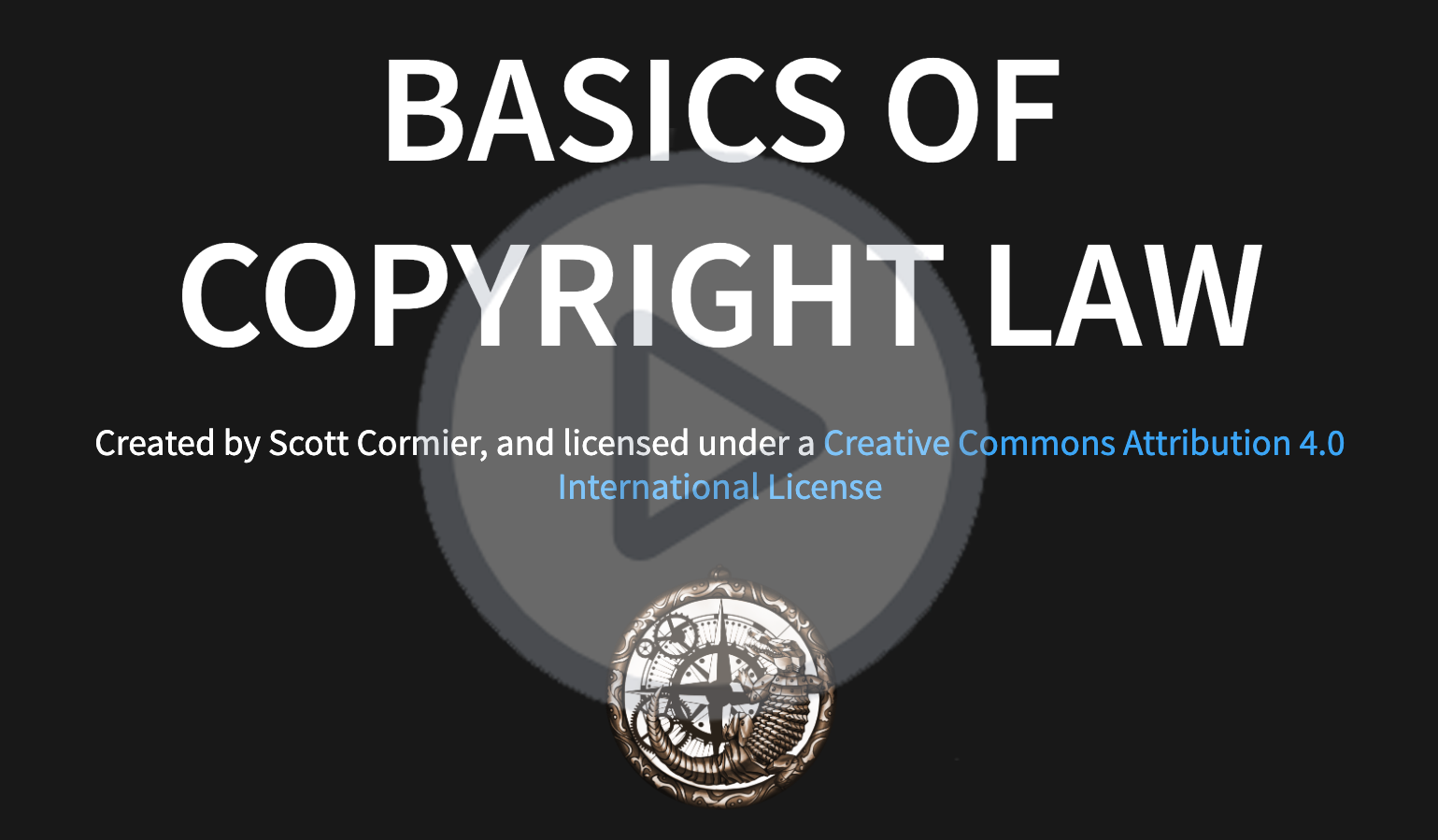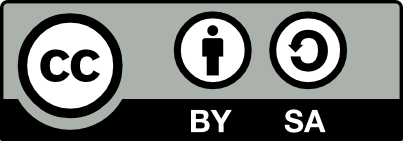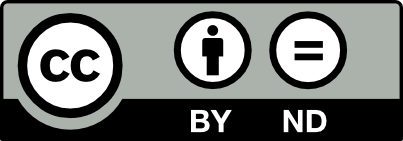Creative Commons
Certification Course for Librarians, 2020
Scott Cormier, MLIS
Case Study
Definitely not an expert, but I did enjoy learning about the challenges and success of CC in Australia.
Scott's Resume Site
I'm a University of Washington MLIS grad, looking for new challenges that help me grow my career.
What is Creative Commons?
Copyright can make sharing and collaboration illegal at times when sharing information in new ways might allow constructive criticism and growth. It was necessary to create Creative Commons "to help address the tension between the creator’s ability to share digital works globally and copyright regulation."1.

When the Sonny Bono Copyright term Extension Act (CTEA) extended copyright terms, Lawrence Lessig, a Stanford Law Professor, believed the changes to the law to be unconstitutional. The end of a work's copyright, and its movement into the public domain, is often the beginning of a new cycle of sharing and growth. Is restricting that growth and creativity by adding 20 years to the copyright term truly supported by the constitution?
And so Lawrence Lessig represented a web publisher, Eric Eldred in an effort to challenge the constitutionality of the CTEA in a case known as Eldred v. Ashcroft. Even though they didn’t win the case, which went all the way to the Supreme Court, their efforts helped to define a need for new ways to make online sharing legal.
Eldred's ideas about creating,remixing and sharing content became an inspiration for Lessig and others. They founded Creative Commons (CC), a nonprofit organization that offers new licenses with flexible terms. In time, CC has grown as an organization, as a set of licenses, and as a part of a movement. CC licenses work within copyright law to allow additional levels of sharing and collaboration: they change “all rights reserved” to “some rights reserved.” The licenses also stay current in a changing legal environment.
As a legal tool that offers clear options and addresses an obvious need, Creative Commons licenses are often useful, and as long as technology continues to change faster than the laws that govern it, the need for new licenses will continue to grow. "In domains like textbook publishing, academic research, documentary film, and many more, restrictive copyright rules continue to inhibit creation, access, and remix. CC tools are helping to solve this problem."2.
There are 6 main licenses currently available through Creative Commons to help people with different needs, and more than 1.6 billion works online across 9 million websites use Creative Commons licenses.
from: Creative Commons Certificate for Educators and Librarians Unit 1.1, Enter Creative Commons, by Creative Commons, licensed Creative Commons Attribution 4.0 International License
Creative Commons has become a standard tool in a community of users who are interested in supporting sharing and
collaboration. A movement is growing, and those who would like to get involved in the CC Global Network can join "Network Platforms" and work in
different areas of interest like education, culture, science, copyright reform, government policy, and other
sectors. There is a place for everyone who would like to help! 3.
The Story of Creative Commons, by Creative Commons, licensed Creative Commons Attribution 4.0 International License
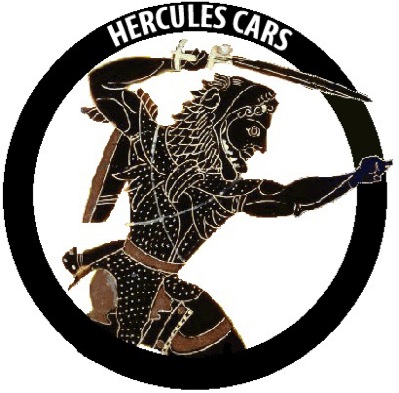
Basics of Copyright Law
More than 176 countries have signed the Berne Convention, one of whose principles is that copyright must be granted automatically. It also sets a minimum term of copyright protection as life of the author plus 50 years.1.
The purpose of copyright 2. The website copyright.gov explains that “Copyright is a form of protection grounded in the U.S. Constitution and granted by law for original works of authorship fixed in a tangible medium of expression.”3. The two primary rationales for copyright law, as described in the Creative Commons Certificate text are Utilitarian and Author’s rights. While different countries have different approaches, most of them agree that authors have rights that should be protected. Now that so much written work is available online, it is even more important that creators are given credit for their work, can control how it is used, and can protect it from distortion. Copyright is usually applied automatically, once a work is fixed in a tangible medium.
What is copyrightable and what is not.4. Different countries have agreed, in copyright treaties, that copyright applies to certain categories of works:
- Literary and artistic works
- Translations, adaptations, arrangements of music and alterations of literary and artistic works
- Collections of literary and artistic works
- And sometimes applied art and industrial designs and models, and computer software
Copyright law does not cover:
- Cultural and historical contexts must be considered. Some material may have community-specific restrictions.
- U.S. government works are not protected by copyright law, and with only a few exceptions are considered to be public domain.
A creator who controls an idea’s expression does not necessarily have exclusive control over the idea itself.
Copyright is one of many types of intellectual property. 5. Rights have been established by law, called intellectual property (IP) rights, that protect creators from those who would misuse their creative works. Copyright is one type of IP, along with trade secrets, publicity rights, and moral rights. Trademark law and patent law are particularly interesting.
Trademark law is specific to producers of goods and services, who need to prevent the public from confusing their products with someone else’s. Symbols or specific brand names can help a company succeed in a competitive market, where loyalty and public trust must be earned.
Patent law is particularly relevant to inventors, who profit from time-limited monopolies on their inventions. “Patents typically give inventors the exclusive right to make, have made, use, have used, offer for sale, sell, have sold, or import patentable inventions.”
How a person receives copyright protection for their work.6. In most countries, once a person takes an original idea and turns it into something tangible, copyright is automatically granted. Once words are written down, or songs are recorded, or, depending on the country, computer software is saved to a computer, copyright law protects the creator by granting certain exclusive rights. We also must not forget that users have certain rights of use, that are defined by copyright laws too.
It is often a good idea to register your work, officially, with a local copyright authority. In some countries, registration might even be necessary in cases where your rights are challenged in some way and copyright laws must be enforced.
The public domain7. The terms of the copyright protection of a creative work include its entry into the public domain, where it can become an asset to everyone, and part of our cultural heritage. A large, and growing number of works in the public domain can be freely copied, adapted, and shared.
Works enter the public domain in one of four ways:
- The copyright expires.
- The work was never entitled to copyright protection.
- The creator dedicates the work to the public domain before copyright has expired.
- The copyright holder failed to comply with formalities to acquire or maintain their copyright.
Fair use or fair dealing.8. Copyright is not absolute, and if someone is using a copyrighted work within “fair” limitations, then they are not breaking the law. In the United States, we follow the fair use doctrine, and in many other common law countries, the fair dealing doctrine is followed. But what is fair?
The Berne Convention established a “three-step” test in Article 9 section 2, which has been used in other treaties as well:
“It shall be a matter for legislation in the countries of the Union to permit the reproduction of such works in certain special cases, provided that such reproduction does not conflict with a normal exploitation of the work and does not unreasonably prejudice the legitimate interests of the author. (emphasis supplied)”
Anatomy of a CC License
Creative Commons Licenses are a great tool to allow creators with Copyright to make their work available to others, while setting clear limits. Users can reuse or share pictures, for instance, without worrying that they are breaking the law, as long as the terms of the Creative Commons License are followed. It’s just a matter of learning the rules!
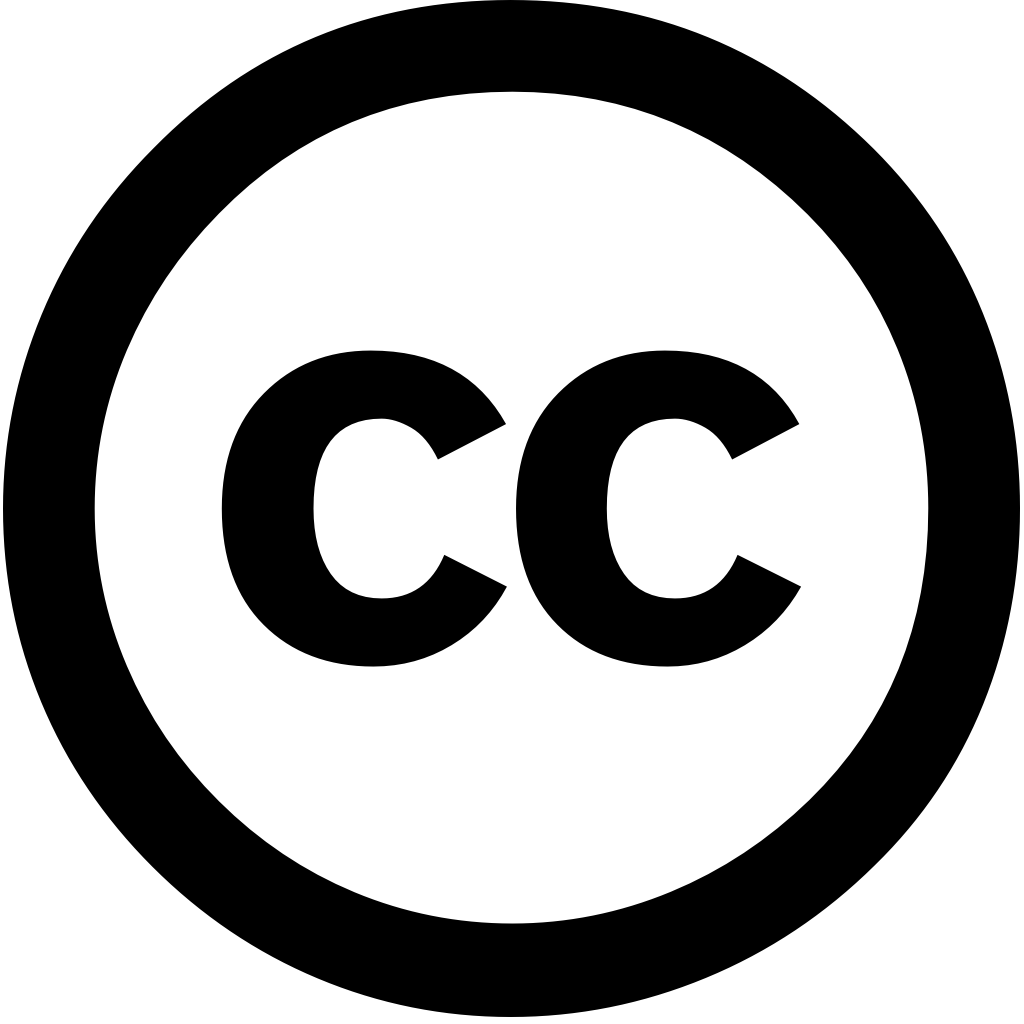
The Legal Code Copyright laws can be complicated, so it makes sense that CC licenses would need some complex code to protect creators and inform users, while working with copyright laws. The legal code layer contains the “lawyer-readable” information legally enforceable in court.
The Commons Deeds The layer that most users rely on is called the Commons Deeds layer. It summarizes the legal code in a more “human-readable” way, that users can better understand. It doesn’t replace the legal license, which is always linked to the deeds.
Machine Readable Version CC licenses have a special relationship to digital sharing, and to make things easier for digital users, a “machine readable” version of the license was created. It summarizes the licenses in a way that works with software, including search engines.
Elements That Form CC Licenses
BY
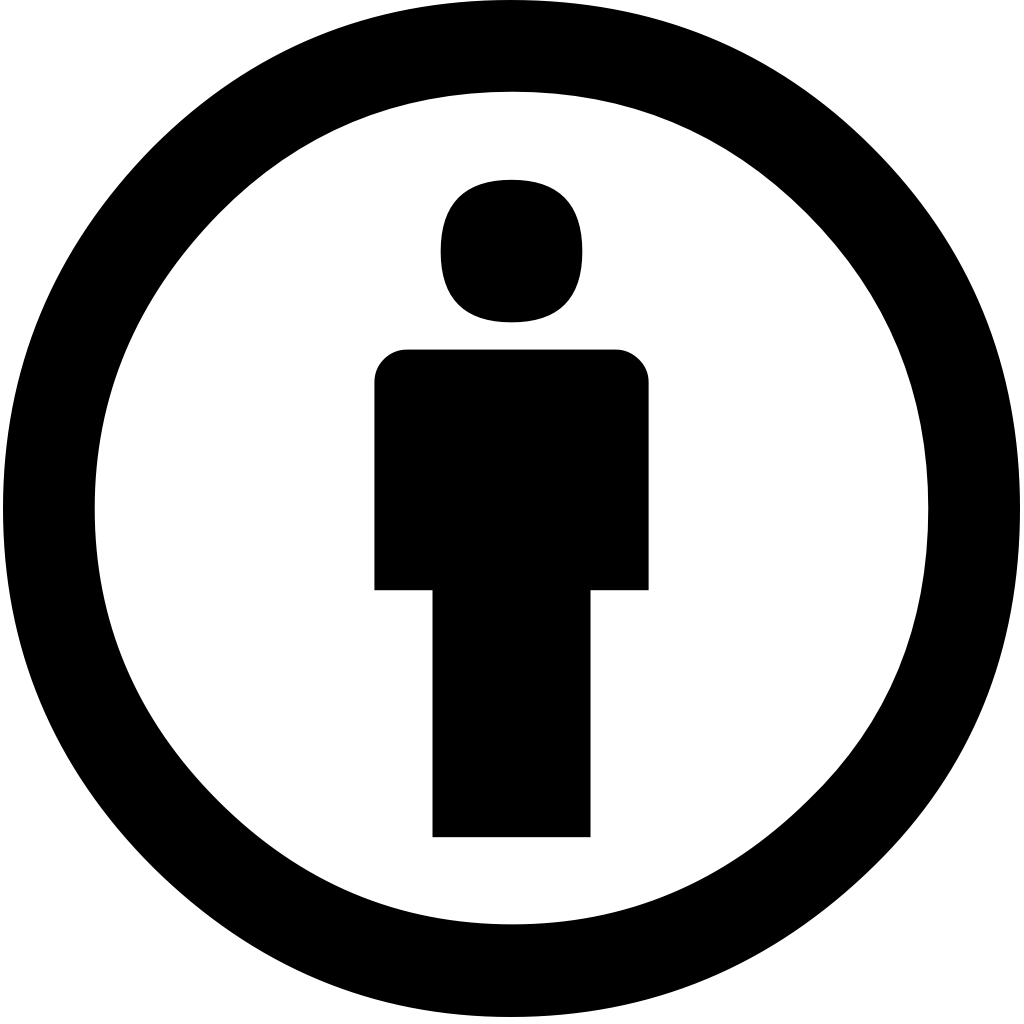
The CC BY license requires that users give appropriate attribution to the creator. As long as those terms are met, users can reuse, change, and share the work.
SA
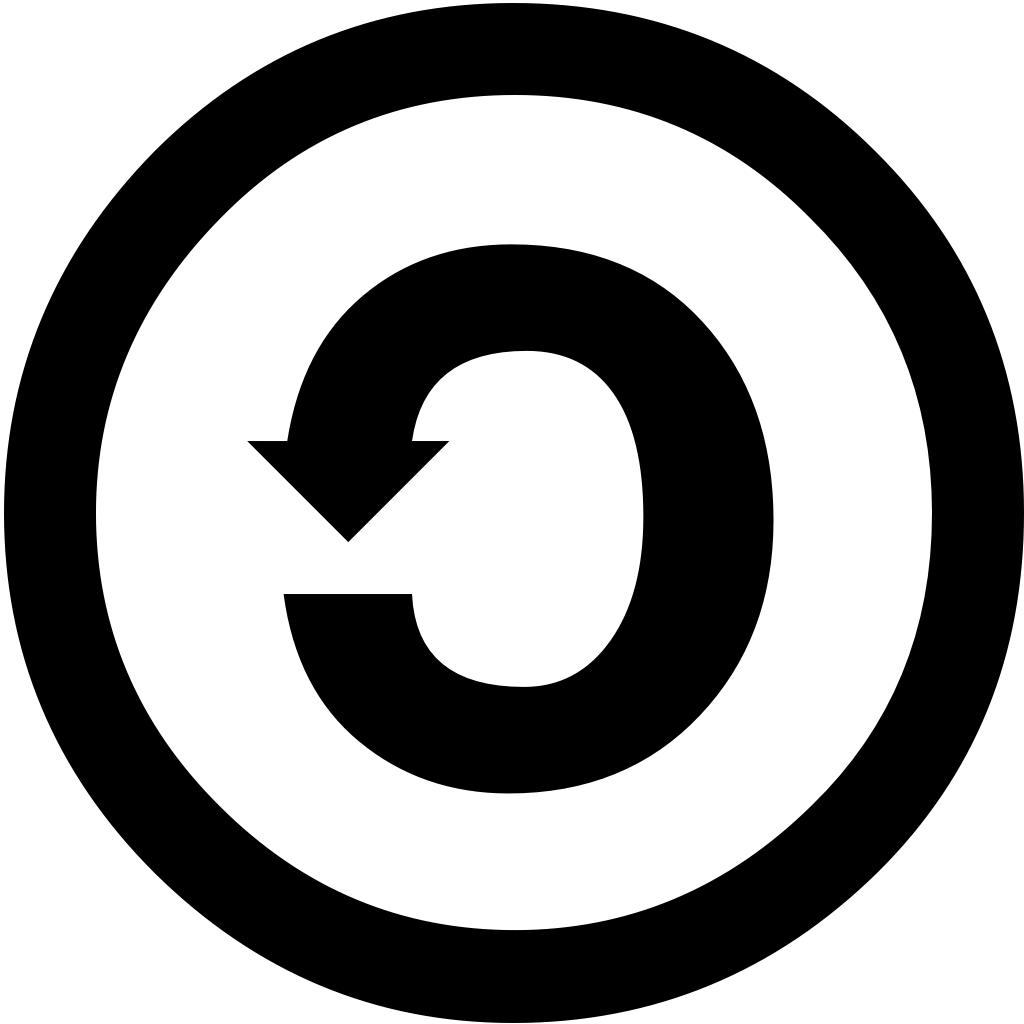
SA licenses require that users give appropriate credit, and users can remix, adapt, and build upon an SA work as long as they license new works under the same license.
NC
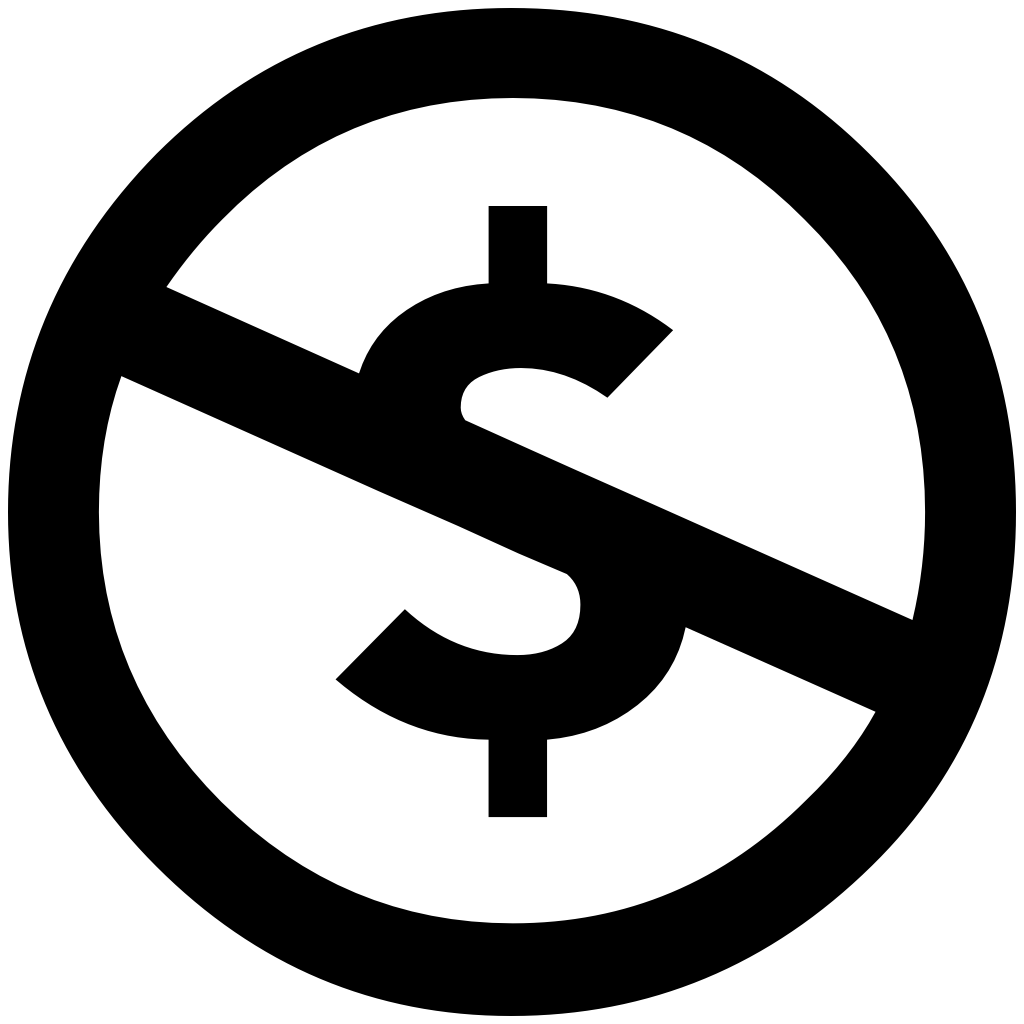
The “Non-Commercial” licenses require that users give appropriate credit, and works must be non-commercial.
ND
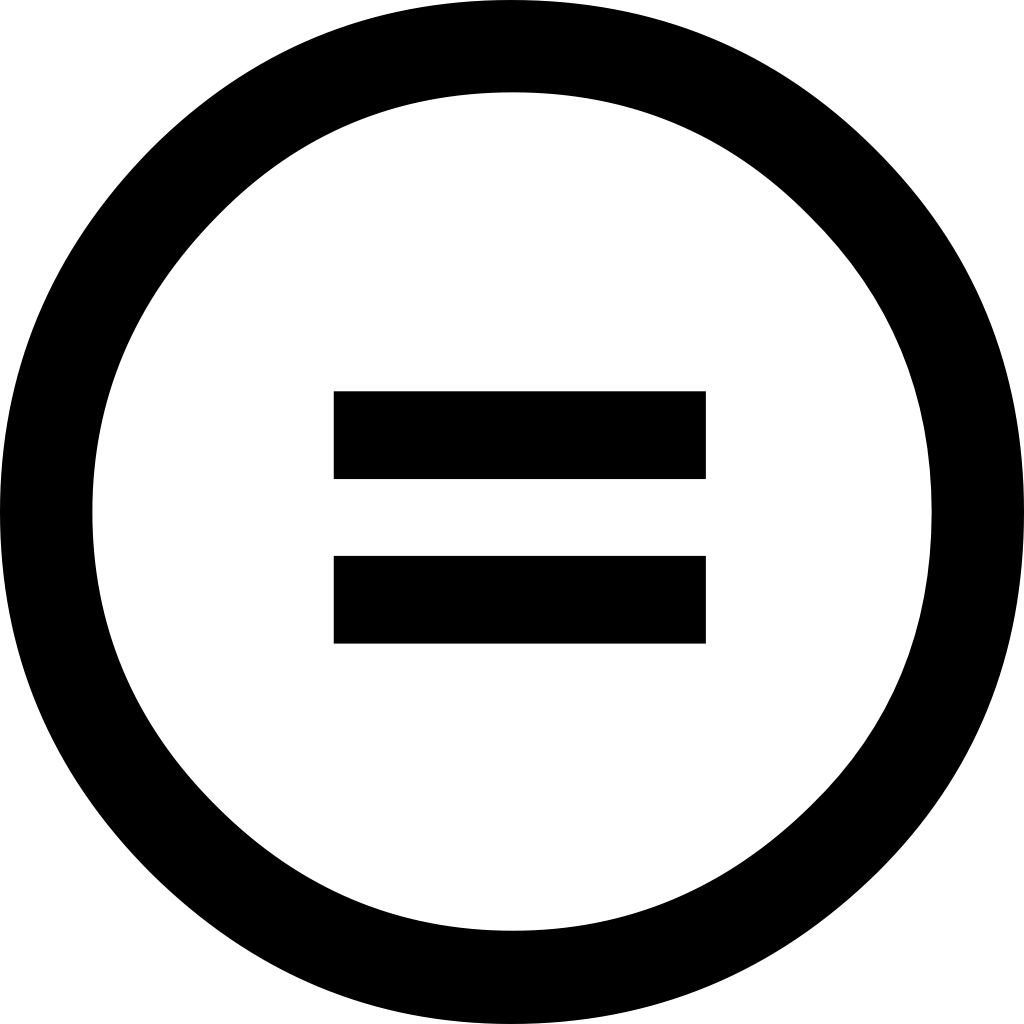
“No Derivatives” licenses require that users give appropriate credit, and adaptive works cannot be shared.
The 6 Creative Commons Licenses
BY The CC BY license requires that users give appropriate attribution to the creator. As long as those terms are met, users can “distribute, remix, adapt, and build upon your work, even commercially.”
BY-SA The CC BY-SA license requires that users give appropriate attribution to the creator. It also allows others to “remix, adapt, and build upon your work even for commercial purposes” as long as they license new works under the same license terms.
BY-NC The CC BY-NC license requires that users give appropriate attribution to the creator, and usage is only allowed for non- commercial purposes. Others can “remix, adapt, and build upon your work non-commercially” and derivative works do not have to have the same license as the original.
BY-NC-SA The CC BY-NC-SA license requires that users give appropriate attribution to the creator, usage is only allowed for non- commercial purposes, and adaptations shared with others must be licensed under the same or a compatible license.
BY-ND The CC BY-ND license requires that users give appropriate attribution to the creator, and No Derivatives are allowed to be shared. Unadapted work can be used for any purpose (even commercially) and text and data mining are allowed.
BY-NC-ND The CC BY-NC-ND license is the most restrictive CC license. It requires that users give appropriate attribution to the creator, that the work be used for non-commercial purposes only, and no adaptations are allowed.
Do CC licenses affect exceptions and limitations to copyright like fair use?
If someone doesn’t follow the CC license, then they would usually lose the right to use the work. Two exceptions are: if they received special permissions, or if they are protected by fair use or some other exception or limitation to copyright. “CC licenses do not reduce, limit, or restrict any rights under exceptions and limitations to copyright, such as fair use or fair dealing... This is a fundamental principle of CC licensing.”

Public Domain
Creative Commons offers a “No Rights Reserved” option that allows creators to waive their rights and place their own work into the public domain as completely as possible, within the differing laws that apply to copyright jurisdictions.
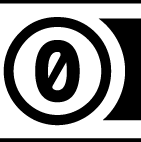
More Public Domain
Works known to be in the Public Domain can be marked as such, in order to clearly define them as having no known copyright. A museum, or other expert might use this mark to identify very old works that are no longer under copyright anywhere in the world.
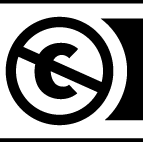
Open Access and Open Educational Resources
“Closed” systems for sharing scientific and scholarly research can be unnecessarily restrictive and expensive. Making research literature Open Access (OA) is an alternative that allows writers to take full advantage of public internet and open licensing to provide free access to their published work.
What is Open Access? One definition of OA literature, offered by scholar Peter Suber, is that OA is digital, online, free of charge, and free of most copyright and licensing restrictions. 1. The Budapest conference convened by the Open Society Institute helped form best practices that support the continued growth of OA.
The Budapest Open Access Initiative defined open access as free “availability on the public internet, permitting any users to read, download, copy, distribute, print, search, or link to the full texts of [research] articles, crawl them for indexing, pass them as data to software, or use them for any other lawful purpose, without financial, legal, or technical barriers other than those inseparable from gaining access to the internet itself. The only constraint on reproduction and distribution and the only role for copyright in this domain should be to give authors control over the integrity of their work and the right to be properly acknowledged and cited.”2.
OA is important for Faculty and Students 3. Without Open Access, researchers secure grants, conduct experiments and collect data, then submit academic articles to journals, and eventually transfer copyright to publishers. With an Open Access (OA) approach, researchers still secure grants from government or private sources, but they commit to open access formats. This allows them to retain some or all rights to their research articles, which can be housed in their university’s institutional repository for long-term access or preservation, or published in OA journals.
BY-NC-SA Thanks to the OA movement, researchers have more flexibility in publishing their work, and faculty and students gain access to materials with licenses needed to allow users to benefit now and in the future. OA materials are high-quality, flexible in amazing ways, and are low-cost and easy to find. Teachers must always evaluate the material that they share with students, and since the OA movement is focused on sharing and collaboration, useful criteria to evaluate materials are readily available to help with that too.
“Green” and “Gold” Open Access 4. Since rights are not surrendered by the author of OA research literature, they have choices in how to make their work available to the public. The most commonly selected are known as “Green” or “Gold” Open Access. Green OA = making a version of the manuscript freely available in a repository. This is also known as self-archiving. An example of green OA is a university research repository. OA repositories can be organized by discipline (e.g. arXiv for physics) or institution (e.g. Knowledge@UChicago for the University of Chicago). Gold OA = making the final version of the manuscript freely available immediately upon publication by the publisher, typically by publishing in an Open Access journal and making the article available under an open license. Typically, Open Access journals charge an Article Processing Charge (APC) when an author wishes to (a) publish an article online allowing for free public access and (b) retain the copyright to the article. APCs range from $0 to several thousand dollars per article. Read more about APCs at Wikipedia. An example of a gold OA journal is PLOS.
Definitions of Open Educational Resources Researchers who publish work online are not the only ones who benefit from better tools like the internet and increasing digital information access. Educators at all levels have also called for new ways to create and share educational materials. Technology, Open Access materials, and Creative Commons licenses make it simple for Open Educational Resources (OER) to be used, shared, and built upon by creators, legally and at no cost, allowing educators to offer better support to more students. Or, to use Creative Commons’ adaptation of the UNESCO definition: “Open Educational Resources (OER) are: teaching, learning and research materials in any medium that reside in the public domain or have been released under an open license that permits no-cost access, use, adaptation and redistribution by others.”5.
5R Activities for Open Educational Resources 6. David Wiley defined a useful set of rules commonly used to determine if educational materials can be considered OER, called the 5Rs: Retain – permission to make, own, and control copies of the content (e.g., download, duplicate, store, and manage) Reuse – permission to use the content in a wide range of ways (e.g., in a class, in a study group, on a website, in a video) Revise – permission to adapt, adjust, modify, or alter the content itself (e.g., translate the content into another language) Remix – permission to combine the original or revised content with other material to create something new (e.g., incorporate the content into a mashup) Redistribute – permission to share copies of the original content, your revisions, or your remixes with others (e.g., give a copy of to a friend)
The relationship between OA and OER Open Access (OA)policies support researchers, who keep their copyright, and can apply licenses that allow their work to become Open Educational Resources (OER). Repeatable results are important in the research community, and the fact that research data can be shared along with the article in an OA publication, can be important to researchers. If an OA work is shared as an OER with a Creative Commons license, then text and data mining are allowed (non-ND licenses, and CC BY is preferred). Joining the OA community also exposes authors to helpful resources like the Termination of Transfer tool, which gives authors information about their publication rights.
The OER movement promotes OA works that are free to use, and licensed through Creative Commons so that users have legal permission to engage in 5R activities: Retain, Reuse, Revise, Remix and Redistribute. “Open education is an idea, a set of content, practices, policy, and community which, properly leveraged, can help everyone in the world access free, effective, open learning materials for the marginal cost of zero.” 7. Students benefit from peer-reviewed articles, conference papers, and other publications that might be published under open-access terms in a journal or housed as Open Educational Resources in their university’s Institutional Repository.
OER are important for Faculty and Students 8. OER materials are freely available worldwide, and come in all shapes and sizes. The legal clarity provided by CC licenses has been a great help to Faculty and Students who want to confirm that their resources are “open.” Some examples of OER sources are: OpenStax, the Open Textbook Library or the BC Open Textbook Project. OER education materials can be freely downloaded, edited, and shared to better serve all students. If faculty needs OER courseware, that’s available too, at pages like the Open Education Consortium and MIT OCW.
Institutions may purchase or subscribe to materials for their libraries, but they should consider that users save money and have better outcomes with OER than when they use materials under all rights reserved copyright. Teachers and professors in Higher Ed and in Primary/Secondary (K-12) currently blend all-rights-reserved commercial content, free library resources and OER, but more and more, OER is proving to be the popular alternative for all levels of education.
Access to Open Education Materials Creative Commons has made it possible for creators to legally share their content and empower its usefulness and growth. It now falls to the creators to use the tools that are available. Open Education materials have the potential to help people all over the world at near-zero cost, as long as work is licensed with sharing in mind. One tool that serves as a great example of a best-practice is LibGuides. Over 5,000 institutions in the United States use LibGuides as their preferred subject guide content management system, with over 120,000 license holders around the world. 9.
Creative Commons is always working to do their part to support OA and OER, and their tools make things simple for creators who want to share their work. The License Chooser, for instance, can be used to create a machine-readable button for sites or LibGuides, and the Creative Commons Directory is a useful list of platforms popular with educators. If content is readily available, then it will be used and shared. Users will become creators and join the cycle. Everybody wins!
